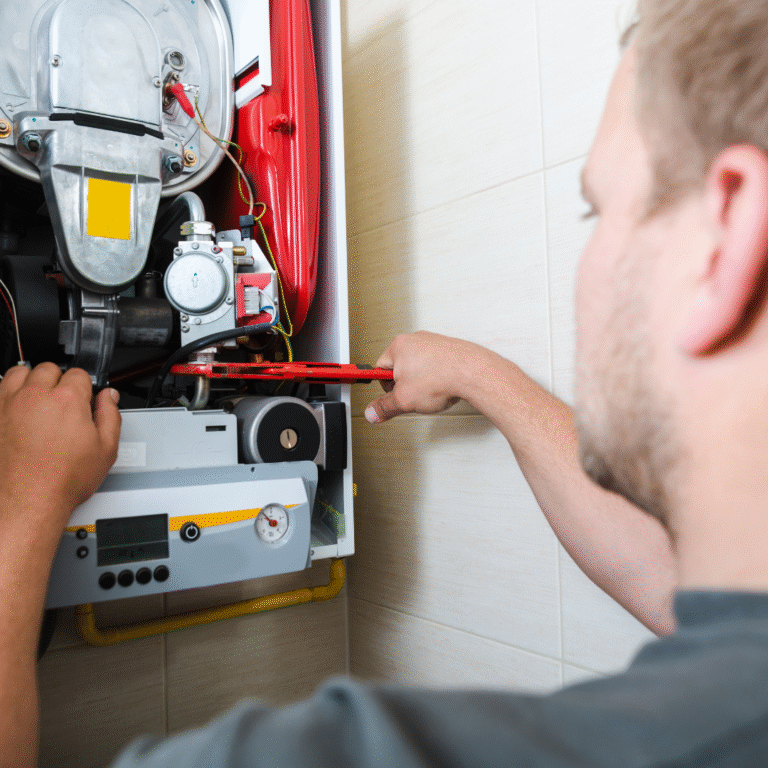By: Ben Wanner of Pro Service Mechanical
Have you heard the story of your neighbors water heater that lasted 30 years? Well you should not expect that kind of longevity but it is likely that the water heater was well maintained to last that long. We all have heard the lecture from our parents or others about maintaining something being less expensive than replacing it so I wont even go there, you know that already. So here are a few things you need to do or have done to your water heater periodically to ensure it lasts longer. Do keep in mind that areas with very hard water will often see water heater replacement after just a few years regardless but in Saskatoon on city water we should be able to get 10 plus years out of a water heater easily if we maintain it properly and likely even longer.
1. First Get To Know Your Water Heater
If you have a tank or storage type water heater lets get to know the basic parts so we know what we are looking at.
The main components of our storage type gas water heater are
- The Tank
- The Gas Valve, Pilot and Burner Assembly
- The Shut off Valve or Valves
- The Temperature Pressure Relief Valve
- The Drain Valve
- The Anode Rod
- The Draft Hood and Vent
We will explain these in a little more detail in a minute as we look as some of the steps needed to ensure long lasting and proper function of the water heater
2. Change the Anode Rod
What is the Anode Rod? Well it is simply a magnesium rod that is inserted into the tank. What does it do? Well the water in your tank is an electrolyte and it will allow electrons from the steel of your tank to move to the water. This will create oxidization and rust which will destroy your tank. The anode rod will loose electrons more easily than your tank steel and it will rust away instead of your tank, however in about 5 years it will be rusted away and this will leave your tank unprotected. Change the anode rod every 5 years and your tank will last much longer. I suggest having this done by a service technician .
3. Drain the Tank
Having the gas shut off to the tank and the water shut off and then draining it with a hose to the floor drain can be quite beneficial every few years. I would again suggest having this done by a service technician as safely operating the gas valve, relighting the pilot and turning on and off older valves that have not been used in a while may be something that someone with the right replacement parts and training should be doing for you. The reason we do this is that over time sediment will build up in your tank which will reduce its capacity, efficiency and lifespan.
4. Check for signs of Combustion Spillage
Having a service technician with a combustion analyzer is a great way to have this done, however you can check yourself at the top of the water heater near the draft hood for signs of combustion spillage. If you see melted plastic grommets at the hot and cold water inlet and outlet or signs of rust and melting you may have a problem. It definitely time to call your service technician if this is the case.
5. Test the Temperature Pressure Relief Valve (not a D.I.Y. job!)
Some people argue that this valve should be left alone if is not leaking. The only problem is if it fails your water heater could become a missile if your gas valve malfunctions. Its job is to relive the pressure in the tank if it gets too high. Opening the valve is not a D.I.Y. job because it may start to leak after and if it does it will have to be replaced which may also mean draining the water heater down part of the way. Again best to leave this to the professionals.
If your looking for some help with your water heater maintenance or for any of your plumbing needs in Saskatoon and area, call us at Pro Service Mechanical at 306-230-2442.









